YARN tuning overview
Abstract description of a YARN cluster and the goals of YARN tuning.
This topic applies to YARN clusters only, and describes how to tune and optimize YARN for your cluster.
This overview provides an abstract description of a YARN cluster and the goals of YARN tuning.
|
A YARN cluster is composed of host machines. Hosts provide memory and CPU resources. A vcore, or virtual core, is a usage share of a host CPU. |
 |
|
Tuning YARN consists primarily of optimally defining containers on your worker hosts. You can think of a container as a rectangular graph consisting of memory and vcores. Containers perform tasks. |
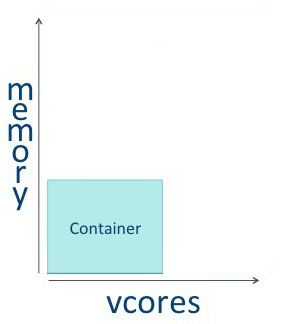 |
|
Some tasks use a great deal of memory, with minimal processing on a large volume of data. |
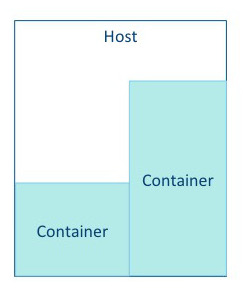 |
|
Other tasks require a great deal of processing power, but use less memory. For example, a Monte Carlo Simulation that evaluates many possible "what if?" scenarios uses a great deal of processing power on a relatively small dataset. |
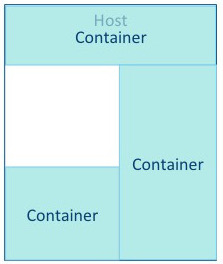 |
|
The YARN ResourceManager allocates memory and vcores to use all available resources in the most efficient way possible. Ideally, few or no resources are left idle. |
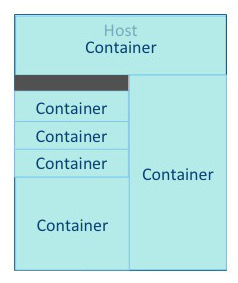 |
|
An application is a YARN client program consisting of one or more tasks. Typically, a task uses all of the available resources in the container. A task cannot consume more than its designated allocation, ensuring that it cannot use all of the host CPU cycles or exceed its memory allotment. |
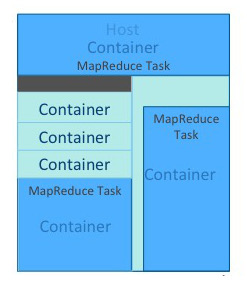 |
|
Tune your YARN hosts to optimize the use of vcores and memory by configuring your containers to use all available resources beyond those required for overhead and other services. |
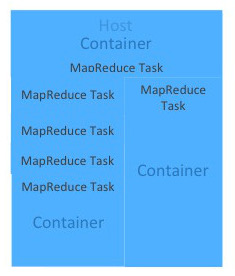 |
- Cluster configuration, where you configure your hosts.
- YARN configuration, where you quantify memory and vcores.
- MapReduce configuration, where you allocate minimum and maximum resources for specific map and reduce tasks.
YARN and MapReduce have many configurable properties. The YARN tuning spreadsheet lists the essential subset of these properties that are most likely to improve performance for common MapReduce applications.


